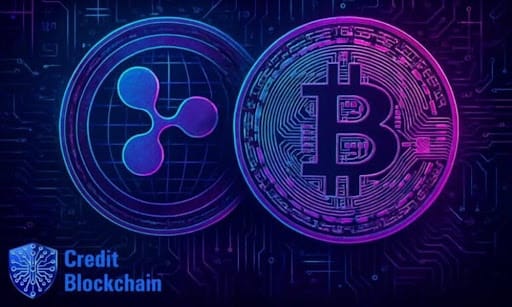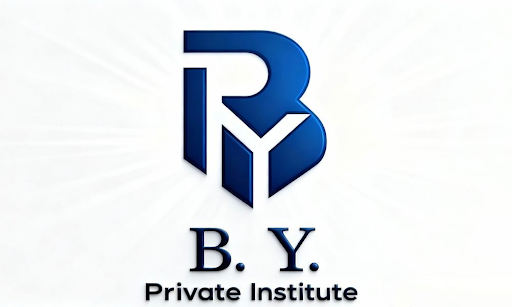XRP Use Cases Beyond Payments Like NFTs and Smart Contracts on XRPL
XRP, the native cryptocurrency of the XRP Ledger, was originally designed to facilitate fast and affordable cross-border payments. However, the capabilities of the XRP Ledger extend far beyond payments. The decentralized XRP Ledger allows developers to build a wide range of applications on top of its robust technology. Two emerging use cases that are garnering significant interest are non-fungible tokens (NFTs) and smart contracts.
Creating NFTs on the XRP Ledger
The XRP Ledger introduced functionality in 2021 to create non-fungible tokens (NFTs) directly on its blockchain. NFTs are digital assets that represent ownership of unique items like art, music, videos, or even real-world assets. Each NFT is one-of-a-kind and not interchangeable like XRP cryptocurrency tokens.
On the XRP Ledger, users can mint new NFTs, transfer ownership, and burn NFTs. This allows for building NFT marketplaces, gaming applications, digital collectibles, and more. The fast settlement times and low transaction costs of the XRP Ledger make it highly efficient for NFT transactions compared to alternatives like Ethereum.
Developers are already building NFT projects on the XRP Ledger, like the XLS-20d NFT representing ownership in a luxury hotel. As adoption increases, expect unique XRP Ledger NFT use cases to emerge across many industries.
Executing Smart Contracts on XRPL
The XRP Ledger has basic smart contract functionality called "Escrow" that allows programmatic holding and release of XRP funds based on time or conditions. This provides some of the benefits of smart contracts like automatization and reduced counterparty risk.
However, advanced smart contract capabilities are now possible by combining the XRP Ledger with the federated sidechain XLS-20. This Ethereum Virtual Machine (EVM) compatible sidechain enables running Solidity smart contracts with connectivity back to the XRP Ledger.
Use cases could include DeFi protocols like decentralized exchanges, lending platforms, tokenized assets, and more. The low transaction costs of transacting on XRPL combined with the programmability of XLS-20 smart contracts provides a compelling solution for DeFi.
Interoperability between XRP and Ethereum through the XLS-20 sidechain also opens up possibilities to leverage XRP in the exploding Ethereum-based DeFi ecosystem. As tools and integrations improve over time, expect innovative XRP-powered smart contracts and DeFi applications to launch.
How Could NFTs Change How We View Ownership Rights?
NFTs present an interesting opportunity to redefine ownership rights in the digital realm. By representing ownership of unique assets on blockchain, NFTs could allow online property rights not possible before.
Some ways NFTs could change how we view ownership include:
- Allowing true digital scarcity and verifiable ownership of digital content like art, music, videos. The creator can sell an NFT as the “original” and retain resale rights.
- Unlocking new creator monetization models where fans financially support creators by purchasing tokenized ownership rights.
- Representing ownership for virtual goods in metaverse gaming environments. Digital assets become tradable commodities.
- Providing the backing for fractionalized ownership of physical assets like real estate. Multiple parties can own a percentage of the same asset.
- Automating royalty payments to creators on secondary NFT sales through smart contracts coded into the NFT.
However, many open questions remain around enforcing online ownership rights, preventing fraud, upholding scarcity promises, and transferring legal protections into the digital realm. The technology is still evolving. But NFTs represent an exciting step towards expanding the possibilities of digital ownership and economic incentives.
What Could XRP-Based Smart Contracts Unlock for the DeFi Space?
XRP has the potential to expand the possibilities for decentralized finance by bringing advanced smart contract functionality to its low-cost, high-speed XRP Ledger. Here are some of the key things XRP-based smart contracts could unlock for DeFi:
- Faster settlement times and lower fees compared to Ethereum DeFi. This could attract liquidity and increase adoption.
- Novel DeFi products that utilize XRP's unique features like its speed or digital asset nature.
- Bridging the gap between the fragmented islands of DeFi across different blockchains. XRP could act as an efficient cross-chain asset.
- Execution of more complex smart contracts that leverage both XRPL and XLS-20 sidechain capabilities.
- Automated DeFi lending/borrowing protocols with XRP as the principal asset rather than stablecoins.
- Usage of DeFi protocols by fintech and financial institutions who value XRP's banking connections.
- Meeting the demand for DeFi across regions with many existing XRP users, like Southeast Asia and South America.
The user experience still needs improvement to make XRP-based DeFi accessible for regular crypto users. But by expanding beyond just payments into smart contracts and Web 3.0 applications, XRP is cementing itself as a vital blockchain for the future of decentralized finance.
Conclusion
The XRP Ledger provides a robust and time-tested blockchain foundation ready for the next generation of digital applications. With native NFT and basic smart contract capabilities, and the ability to connect with EVM-compatible sidechains, the possibilities for XRP expand far beyond just payments. As developers build on these use cases, expect XRP to become integral to emerging Web 3.0 and DeFi innovations in the coming years.




